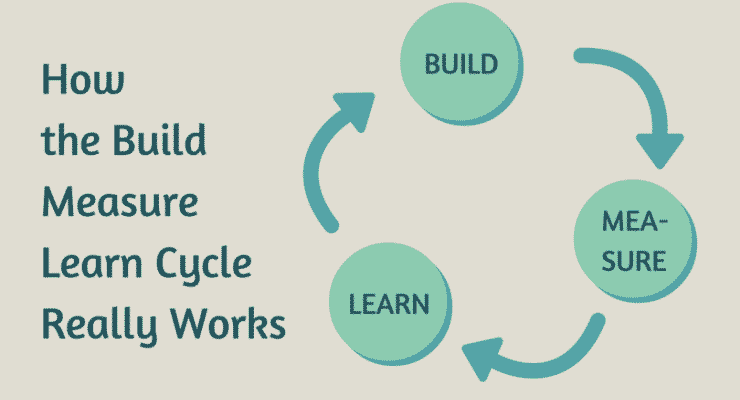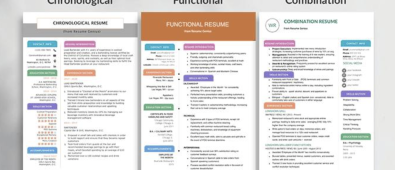Statistically, the failure of most startups can be attributed to many reasons: lack of funding, poor management, and a poor business model. However, a large part of any company’s success depends on how the owner or management team operates and whether they are open to introducing innovative solutions. Let’s start by explaining the title terms to get a closer look at the meaning of the cycle and why it’s worth implementing.
Build
Everything really starts with a product idea. That idea is your hypothesis, or more specifically, your product idea will solve a problem or otherwise appeal to your target audience. You build something, and it’s usually a minimally viable product or some other partial form of product, to fulfill part of your idea. Your hypothesis may focus on everything from product features and customer service ideas to finding the best pricing strategies and distribution channels. You build a simple, working prototype or basic commercial. It could be a script or a video illustrating your offering. Whatever MVP you choose, it must demonstrate enough basic features to attract the interest of early adopters – the people who will likely want to buy your product once it’s launched.
Measure
The MVP is tested with the target users, and their reactions and other feedback are measured and collated. This is where you answer some helpful questions for yourself. How does what actually happened relate to your hypothesis? Is there enough interest in your idea to develop it further? Does the data show that you will be able to build a sustainable business around your product or service? Organize your data in such a way that it is easy to understand and the entire scenario is easily understood by anyone who will listen.
Learn
The data obtained is analyzed, resulting in new insights and learning about your product idea. As a result, the idea is confirmed or modified, with any necessary adjustments to your hypothesis. Then it’s back to the beginning of the loop: either the modified idea is built and tested, or it moves on to the next idea/feature.
How can you use the cycle to drive digital product development to success?
This approach provides tools that can be used to see if the vision is working or not. Build measure learn cycle will certainly provide order as it provides a systematic process for ascertaining whether to proceed with new product development projects or abandon the idea altogether. Beginning with research on the proposed user group and the problem the product is meant to solve, learning through the means provides a practical focus on user needs. MVP development means you gain the maximum amount of information and design guidance in exchange for a minimal investment of time and resources.Ultimately, the build, measure, learn cycle gives you a high probability that the product will be successful because you are not flying blind during the development process. This revolutionary method, based on Eric Ries’ work, will help you turn your new business idea into a successful and sustainable end result. Whether you’re an entrepreneur with your own startup or you’re part of a large organization, this series will give you essential tips to help you on your way into the unknown. It will help you learn how to systematically assess and interpret early market signals, and decide whether you should make a turnaround or stick with what you’ve been doing. Benefit from the knowledge of innovators who have brought their companies to the top, and join this esteemed group.The cycle allows you to address uncertain issues piece by piece, in manageable steps. With clear goals, specific hypotheses, targeted testing, and analyzed feedback, lean startup provides certainty and clarity into the unknown. It’s a rational approach where you take a good idea, build a full product, and then look for it in the marketplace.
Build-Measure-Learn: a summary
Build-Measure-Learn is one of the core principles of Lean Startup, a highly effective approach to startup development pioneered by Eric Ries. The feedback loop is a technique that helps you figure out that something is wrong before it’s too late to turn an initial failure into an ultimate success. It is worth developing your business along with it. Using the build-to-learn method means that instead of betting your stake (your time and resources), you invest it carefully, piece by piece, determining which angles should not be pursued and which are necessary.



